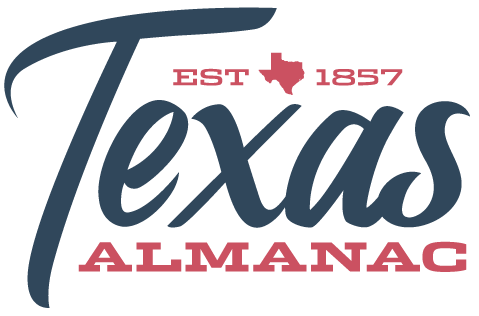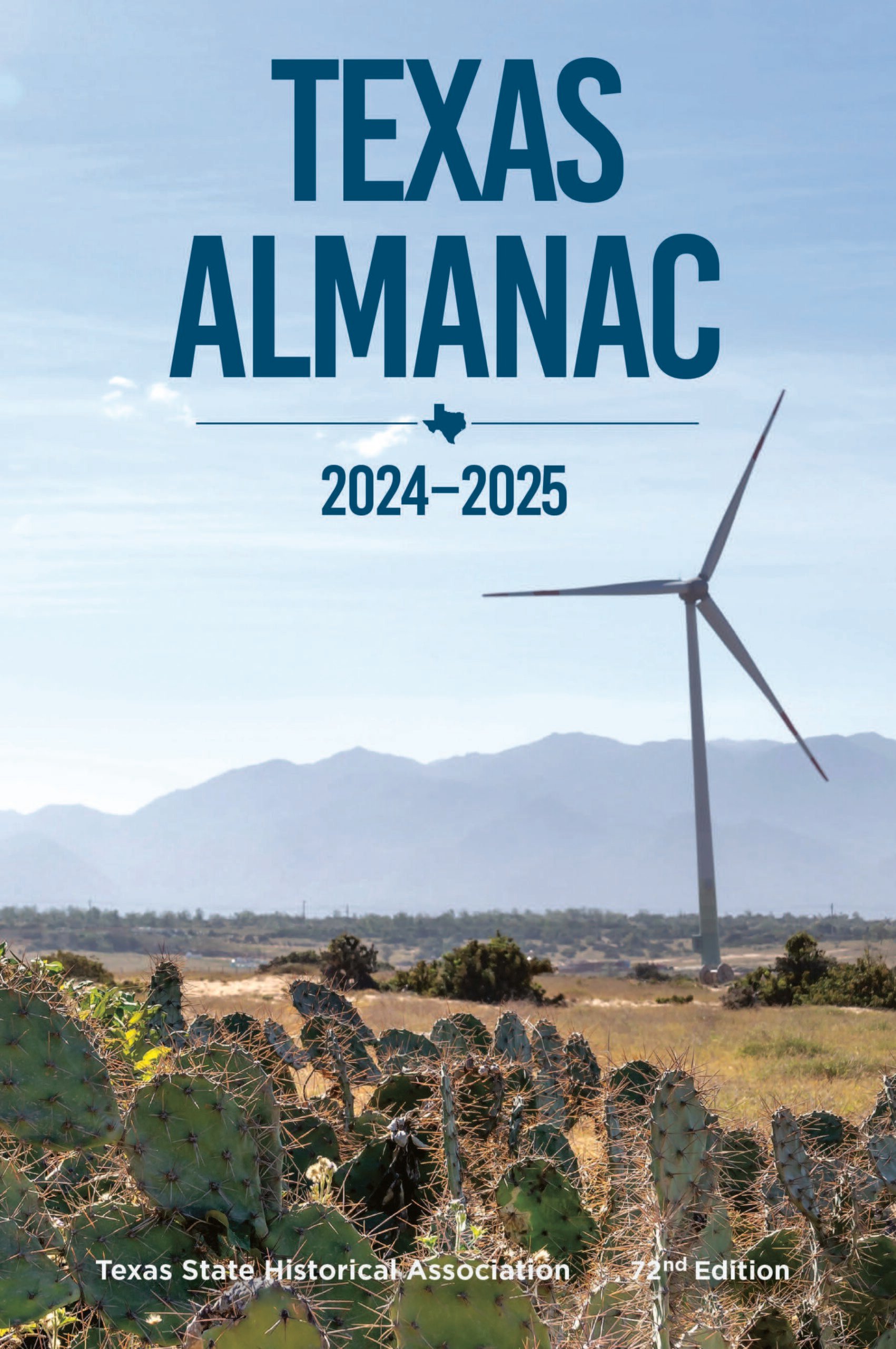Sonora
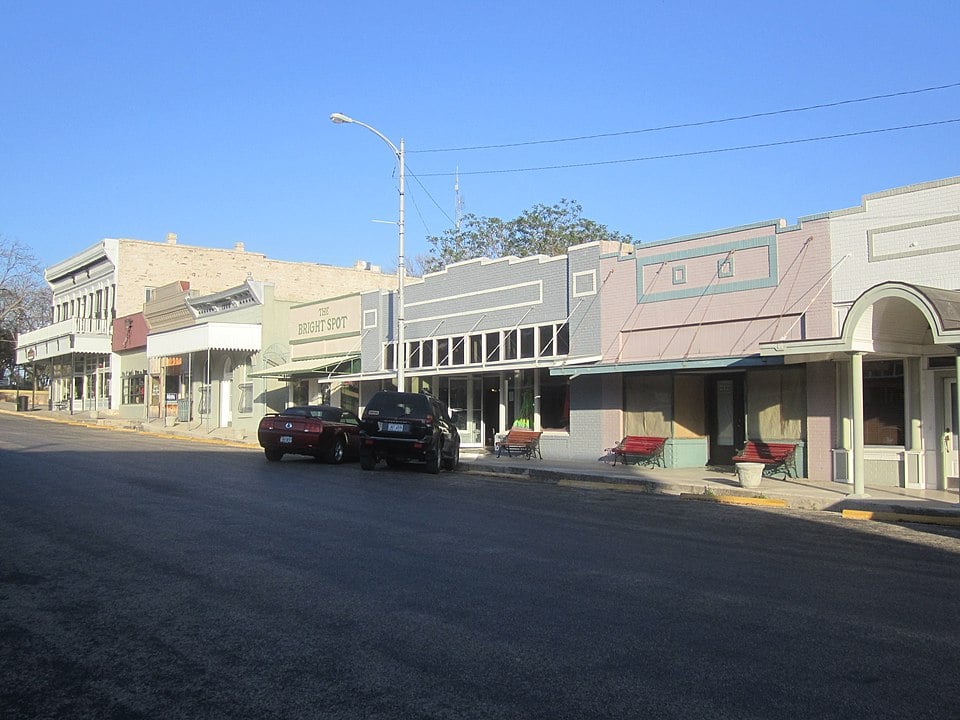
Sonora, Texas
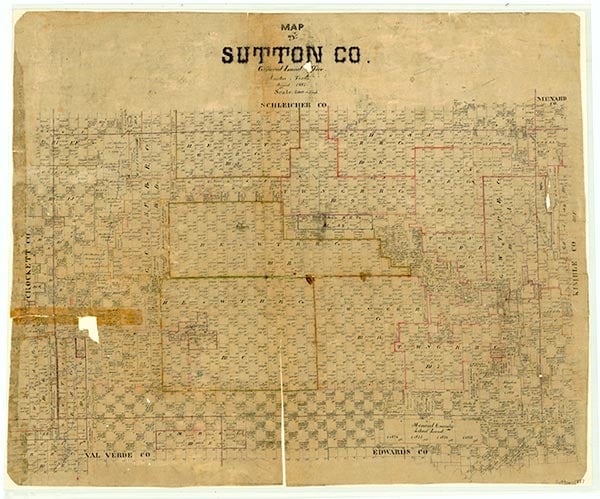
Sonora, the county seat of Sutton County, is on Interstate Highway 10 sixty-five miles south of San Angelo and ninety miles north of Del Rio in the north central portion of the county. About 1885 Charles G. (Charlie) Adams, a rancher and merchant from Fort McKavett, settled on four sections of land two miles north of Winkler's Well (later Wentworth). He named the site Sonora, after a family servant from Sonora, Mexico, in 1887 and drilled a well in 1889, the year the community received a post office. Adams offered free lots in his town, which in 1890 was selected as the county seat. The community comprised eighteen houses, three stores, two livery stables, two hotels, a combined schoolhouse and Masonic lodge, and fourteen tents. The weekly Devil's River News, in 1990 Sutton County's oldest continuously operating business, began publication in 1890 under the direction of Mike Murphy. By 1892 Sonora had 700 inhabitants, two saloons, a grain and flour mill, a restaurant, three physicians, and at least one church; it was connected to San Antonio by a mail stage. R. W. Callahan, who owned much of the city property, donated land for the courthouse, which was completed in 1893. Most of the area residents were ranchers. In 1900 a number of merchants led by E. F. Vander Stucken formed the First National Bank of Sonora. On September 12, 1902, a fire wiped out nearly half the town's businesses. Proprietors who could afford to rebuild did so with native stone. A new school building was completed in 1904. In the early days supplies were freighted from San Angelo and Fort McKavett by wagons, a round trip that took from six to fifteen days. In 1908 the Kansas City, Mexico and Orient Railway was awarded a contract to lay track from San Angelo to Del Rio with a stop in Sonora. Work began in 1909, but financial problems retarded progress. Eventually, in 1928, the Atchison, Topeka and Santa Fe acquired the Orient line and began construction on the San Angelo-to-Sonora portion of the original proposed route. On May 13, 1930, after a wait of some twenty-three years, the first train rolled into Sonora.
From a population of 738 in 1904, the town grew to 1,009 in 1925 and nearly 1,800 by the end of the decade. Between 1910 and 1920 several churches were constructed, including Baptist, Episcopal, and Methodist. In 1914 the First National Bank reported capital holdings of $100,000, and a second newspaper, C. R. Meyers's New Era, began publication. Sonora was incorporated in 1917. Above all else, prosperity continued to depend on livestock and livestock products. With the price of wool and mohair steadily rising throughout the teens, in 1916 Sonora moved to ensure the industry's continued health by using a $15,000 state grant to establish, in tandem with Texas A&M, a Texas Agricultural Experiment Station on five sections of land outside the city limit. This project is dedicated to researching livestock diseases and methods to improve production. When the Great Depression caused the price of wool to drop by more than half, local sheep and goat raisers organized the Wool and Mohair Cooperative Marketing Association, later known as the Sonora Wool and Mohair Company. The cooperative sold 2,738,600 pounds of wool in its first year, and as time went on it helped stabilize commodity prices. The Sonora Wool and Mohair Company continued to handle most of the region's production into 1990; in 1964 it marketed four million pounds of wool and mohair at a return of $3 million. It sponsors the annual Sonora Wool and Mohair show, where the National 4-H Wool Judging Contest has been held since 1938 (see WOOL AND MOHAIR INDUSTRY).
Brian C. Hosmer | © TSHA

Adapted from the official Handbook of Texas, a state encyclopedia developed by Texas State Historical Association (TSHA). It is an authoritative source of trusted historical records.
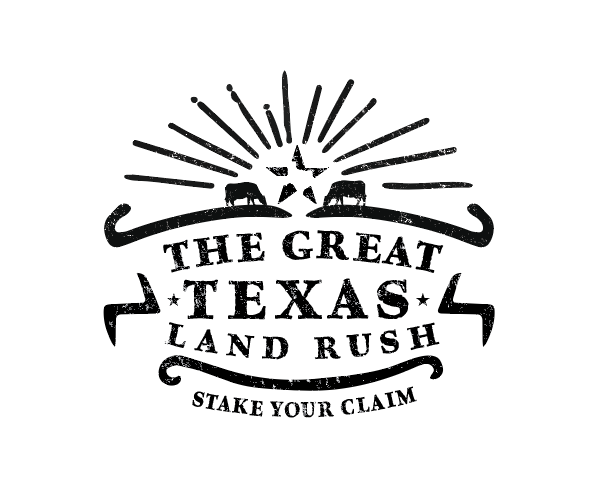
- ✅ Adoption Status:
- This place is available for adoption! Available for adoption!
- Adopted by:
- Your name goes here
- Dedication Message:
- Your message goes here
Belongs to
Sonora is part of or belongs to the following places:
Currently Exists
Yes
Place type
Sonora is classified as a Town
Location
Latitude: 30.57094440Longitude: -100.64447000
Has Post Office
Yes
Is Incorporated
Yes
Population Count, 2021 View more »
2,462
